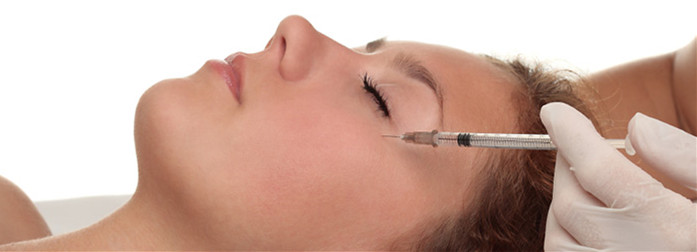Harvest and processing of Artemia eggs
Freshly collected eggs should not be piled up, but generally go through the following processing steps: Cleaning: Cleaning is generally done in a conical bucket, first with fresh water and then with seawater. The main purpose of flushing is to remove debris, egg shells and dirt on the surface. Dehydration: The method of dehydration of wet eggs is generally followed by centrifugation followed by dryness; and dry eggs, should be vacuum dried after low temperature. (Make the egg's moisture content in the range of 2%-8%) Dry: In the air and in the drying, to prevent the temperature is too high (not more than 40 degrees) and exposure to sunlight. Screening: Layering with different pore size screens.
Packaging: vacuum or nitrogen sealed packaging.
Storage: Wet eggs are kept in cold storage. At the same time, they should be kept at -18 degrees for one week and then kept at room temperature for one week. Dry eggs can be stored at low temperatures. After the eggs of the Artemia eggs that have been processed in the above steps, the egg-keeping rate can still be maintained at 70% in the right after several years of storage.
Injection Grade Hyaluronic Acid is mainly used for intra-articular and intra-ocular preparations. Injection Grade HA is widely used in plastic surgery, joint dysfunctions of human or animals (horse, dogs etc.), preventing postsurgical tissue adhesion and drug carrier.
Feature
1. Reliable and safty: Our Injection Grade Hyaluronic Acid is GMP, CEP, DMF certificated and the
factory passed an on-site inspection by the US FDA. Our Injection Grade Sodium hyaluronate is all fermented products,
non-animal sources, non-GMO and non-BSE/TSE risk.
2. High-purity and lower impurities:
higher glucuronic acid content, lower protein, heavy metals and nucleic acid
content, extremely low endotoxin content, compared with other injection grade
hyaluronic acid in the market.
3. High stability: stability test
shows our injection grade hyaluronic acid is stable during the
transportation and storage.
Function
Healthy Skin:
Hyaluronan is also a component of skin tissues, and helps in the repair of skin cell. It helps in tissue lubrication and faster healing of wounds. Another major benefit of this acid is its anti-wrinkle effects, as it helps the skin build up levels of collagen, increasing suppleness and moisture.
Treating Osteoarthritis:
Hyaluronic acid covers the spaces between the joints of the knees and protect the bones from damage due to friction. Injections of hyaluronic acid are prescribed to increase the level of this acid in the joints, and relieve pain. Even the oral intake of this acid through foods or supplements is helpful.
Healthy Eyes:
Hyaluronic acid is also beneficial to the eyes, as it can be used as artificial tears for dry eyes. The acid is used in many anti-aging creams for the face, and can also be injected into the wrinkles near the eyes, commonly known as 'crow's feet'.
Aesthetic Injections (Facial & Body)
Hyaluronic acid based gel injections(HA dermal filler) are a new option for the on-spot treatment of facial wrinkles. These shots must be administered by a dermatologist and last up to 4 to 6 weeks.

Specification
|
Test Items |
Standard |
|
Appearance |
White powder |
|
Hyaluronic acid |
≥98% |
|
Molecular weight |
≥2.0X 106 Da |
|
PH |
6.0-7.5 |
|
Loss on drying |
≤8% |
|
Protein |
≤0.05% |
|
Nitrogen |
2.0-3.0% |
|
Heavy metal |
≤10ppm |
|
Bacterial counts |
≤10cfu/g |
|
Mold and Yeast |
≤10cfu/g |
|
Endotoxin |
≤0.5eu/mg |
|
Sterile Test |
Complies |
|
Shelf Life |
Two Years |
|
Conclusion |
The results meet the standard |
Injection Grade Hyaluronic Acid Powder
Medical Grade Hyaluronic Acid,Hyaluronic Acid Injection,Injection Grade Hyaluronic Acid Powder,Hyaluronic Acid Liquid
Qufu Hi-Tech Trading Co., Ltd. , http://www.chinahyaluronic-acid.com